The legendary, historic cities of Italy are wonderful places for tourists to explore. And surely when one thinks of Italy, one also thinks of delicious food. Yet some Italian destinations have terrible reputations for being filled with expensive tourist traps: restaurants that charge unsuspecting tourists a fortune for microwaved pizza, or douse watery canned tomato sauce on top of overcooked pasta without thought or care.
But for a smart traveler, such misfortunes do not have to be the case. One doesn't need to get suckered into poor dining choices when in cities such as Florence, Rome, Milan or Venice. Neither does one have to plan and make reservations months in advance and only eat at the most expensive 4-star restaurants, either. After numerous trips to Italy-and yes, making some mistakes along the way-the following are my tips for enjoying some of the best, authentic dining experiences Italy has to offer, without spending a fortune in the process. I've also included several points on service which may seem perplexing and confusing to American tourists not used to restaurant etiquette abroad.


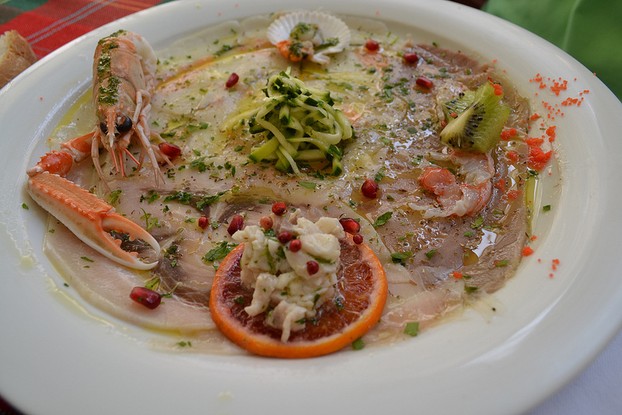
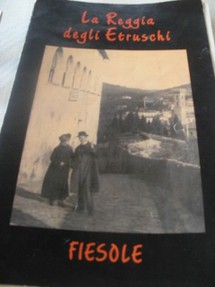 The menu—how it is presented, besides what is on it—should serve as one of your first tip-offs in evaluating a restaurant's potential quality. To begin, I would recommend avoiding restaurants with photographs of food on the menu or taped to their windows. This rule might seem silly, but it's genuinely true in my experience. If you see a posted menu or laminated menu pages with garish generic photographs of pizza, pasta and sandwiches, steer clear. Typically these are restaurants catering to foreigners who are intimidated by menus not written in their native tongue, who want to just at point to the photo of the standard fare they feel like eating. These restaurants know they are serving patrons for whom fine dining and a genuine Italian meal is not a priority, and for them it's all about making a fast buck off these misfortunate tourists.
The menu—how it is presented, besides what is on it—should serve as one of your first tip-offs in evaluating a restaurant's potential quality. To begin, I would recommend avoiding restaurants with photographs of food on the menu or taped to their windows. This rule might seem silly, but it's genuinely true in my experience. If you see a posted menu or laminated menu pages with garish generic photographs of pizza, pasta and sandwiches, steer clear. Typically these are restaurants catering to foreigners who are intimidated by menus not written in their native tongue, who want to just at point to the photo of the standard fare they feel like eating. These restaurants know they are serving patrons for whom fine dining and a genuine Italian meal is not a priority, and for them it's all about making a fast buck off these misfortunate tourists.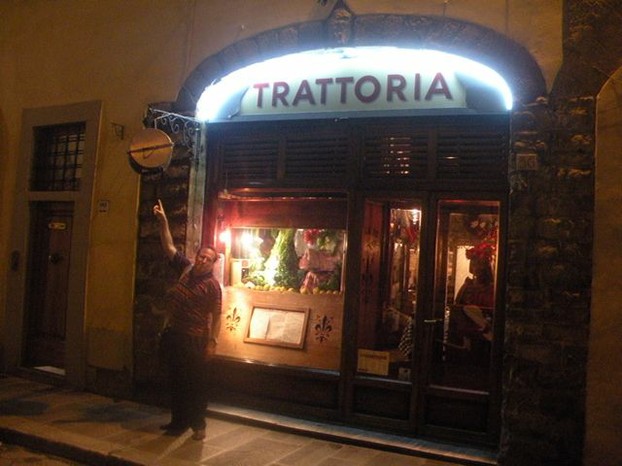
 If a restaurant is trying too hard to lure you inside, there's probably a reason why. A good restaurant should have no trouble filling its tables, especially in busy tourist seasons and locations. Be wary if, as you are walking by or stop to examine a posted menu, a waiter or host comes dashing out to beckon you inside quickly or too insistently, promising "the best food in the city", "all my mother's recipes", "authentic Italian food". None of these statements are likely to be accurate.
If a restaurant is trying too hard to lure you inside, there's probably a reason why. A good restaurant should have no trouble filling its tables, especially in busy tourist seasons and locations. Be wary if, as you are walking by or stop to examine a posted menu, a waiter or host comes dashing out to beckon you inside quickly or too insistently, promising "the best food in the city", "all my mother's recipes", "authentic Italian food". None of these statements are likely to be accurate. Dine off the beaten path. Get away from the main tourist attractions and busy parts of the city, such as the Rialto Bridge in Venice or the Piazza Navona in Rome. Those will likely be restaurants catering to the tourist trade, and you'll be paying for their prime real estate, not the food. Instead, wander and get lost in quieter, residential areas of the city, places where few tourists normally tread but that cater to the residents of the city instead. Find a little neighborhood osteria with the menu handwritten on butcher paper, in Italian only, and discover a hidden gem not listed in any tourist guide. You might have to struggle to communicate with the waitstaff a bit, but a few useful phrases in Italian and some patience will go a long way.
Dine off the beaten path. Get away from the main tourist attractions and busy parts of the city, such as the Rialto Bridge in Venice or the Piazza Navona in Rome. Those will likely be restaurants catering to the tourist trade, and you'll be paying for their prime real estate, not the food. Instead, wander and get lost in quieter, residential areas of the city, places where few tourists normally tread but that cater to the residents of the city instead. Find a little neighborhood osteria with the menu handwritten on butcher paper, in Italian only, and discover a hidden gem not listed in any tourist guide. You might have to struggle to communicate with the waitstaff a bit, but a few useful phrases in Italian and some patience will go a long way.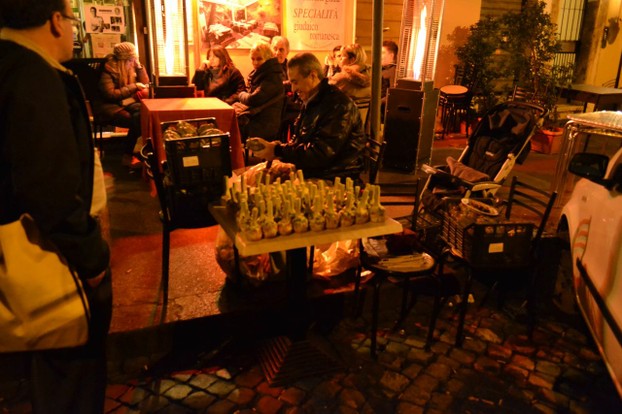
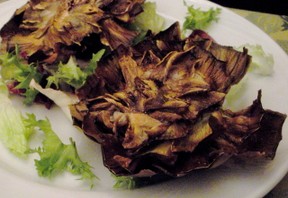 Do some research before you go, and learn about the culinary specialties of the region you are visiting. Italian cuisine is not all the same, nor is it as simple as breaking it down to "Northern Italian" vs. "Southern Italian".
Do some research before you go, and learn about the culinary specialties of the region you are visiting. Italian cuisine is not all the same, nor is it as simple as breaking it down to "Northern Italian" vs. "Southern Italian".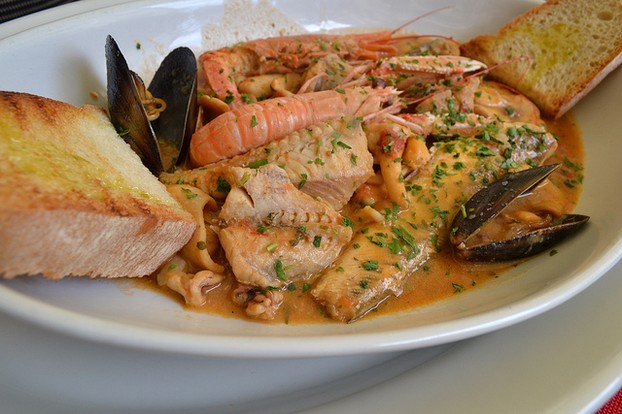



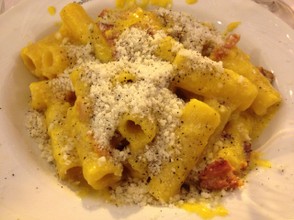
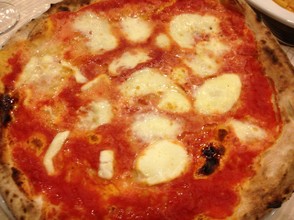
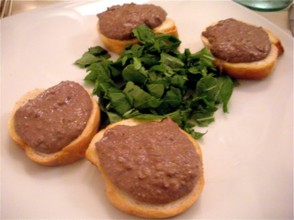
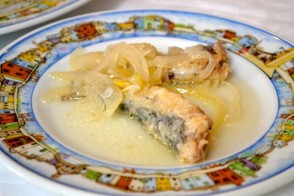
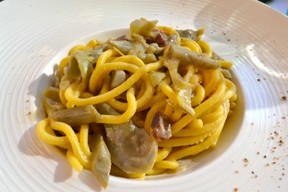 Multi-course dining is the norm and not the exception in most Italian restaurants. Expect portion sizes to be smaller than we typically see in American restaurants were quantity often trumps quality. Pastas and risottos are typically intended to be first courses, not mains, and meat or fish dishes are meant to finish off the meal modestly, with vegetable sides ("contorni") ordered separately if you desire them.
Multi-course dining is the norm and not the exception in most Italian restaurants. Expect portion sizes to be smaller than we typically see in American restaurants were quantity often trumps quality. Pastas and risottos are typically intended to be first courses, not mains, and meat or fish dishes are meant to finish off the meal modestly, with vegetable sides ("contorni") ordered separately if you desire them.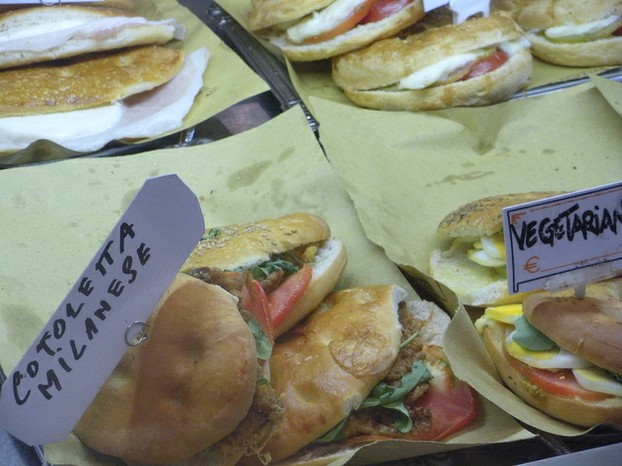
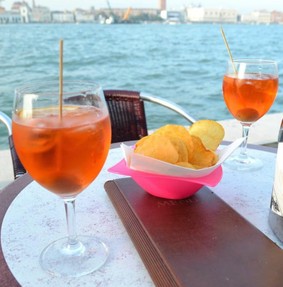 Tipping is one area where American tourists can find dining out in Italy confusing. Unlike in the States, tipping a high percentage of your bill is not customary. Often a small "il servizio" (service charge) or "il coperto" (cover charge) will be automatically added to your check ("il conto"), and you are not expected to leave more than that unless service is truly exceptional. Be wary of some restaurants which will play games on this point, knowing that American tourists are not used to this tradition. They may tell you there is no cover charge included on the bill so you should tip as you wish, yet then include one anyway on the bill, expecting you to not read it too closely.
Tipping is one area where American tourists can find dining out in Italy confusing. Unlike in the States, tipping a high percentage of your bill is not customary. Often a small "il servizio" (service charge) or "il coperto" (cover charge) will be automatically added to your check ("il conto"), and you are not expected to leave more than that unless service is truly exceptional. Be wary of some restaurants which will play games on this point, knowing that American tourists are not used to this tradition. They may tell you there is no cover charge included on the bill so you should tip as you wish, yet then include one anyway on the bill, expecting you to not read it too closely.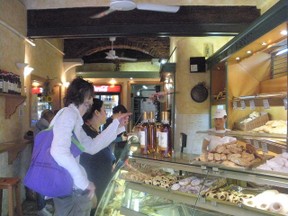 Stopping in a bar or cafe for a quick bite or espresso? Save a few Euros and do it the Italian way: standing up. Standing at the bar is not only cheaper, but gives you a chance to watch the local action in front of and behind the bar more closely. In Rome, my companion and I went to the same bar every morning for our lattes and brioche. After a few days, our servers knew exactly what we liked and brought it without question, and also offered us free tastes of other items on their daily menu to sample. It's a more fun experience than sitting around at the tables with the other tourists. But be aware that in some bars and cafes, it is customary to pay for your order first, then bring your receipt over to the barista to receive your order.
Stopping in a bar or cafe for a quick bite or espresso? Save a few Euros and do it the Italian way: standing up. Standing at the bar is not only cheaper, but gives you a chance to watch the local action in front of and behind the bar more closely. In Rome, my companion and I went to the same bar every morning for our lattes and brioche. After a few days, our servers knew exactly what we liked and brought it without question, and also offered us free tastes of other items on their daily menu to sample. It's a more fun experience than sitting around at the tables with the other tourists. But be aware that in some bars and cafes, it is customary to pay for your order first, then bring your receipt over to the barista to receive your order.





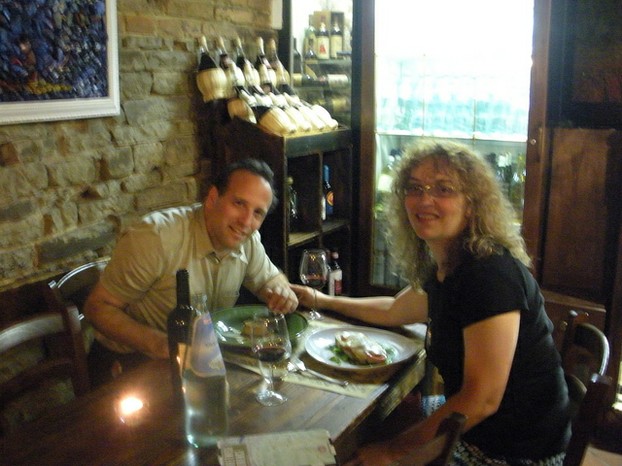
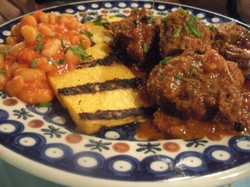

 A Potentially Fatal Accident in the Homeon 11/24/2018
A Potentially Fatal Accident in the Homeon 11/24/2018
 Windsurfing Lessons on Montserrat: One of My Funniest—and Fondest—Travel Memorieson 11/20/2018
Windsurfing Lessons on Montserrat: One of My Funniest—and Fondest—Travel Memorieson 11/20/2018
 Christmas Ornaments Celebrating Rome, Italyon 11/12/2018
Christmas Ornaments Celebrating Rome, Italyon 11/12/2018
 Philadelphia-Themed Christmas Ornamentson 11/09/2018
Philadelphia-Themed Christmas Ornamentson 11/09/2018

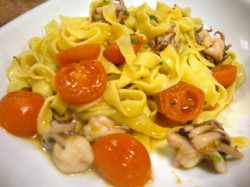
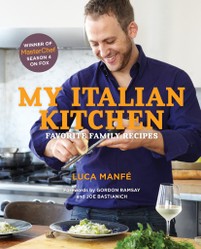
Comments
I always eat so much when we're in Italy, but we also walk so much every day sight-seeing that it seems to balance out.
Oh my! I think if I ever visited Italy now I would return home weighing 300 pounds! The food looks wonderful! :)
Hi Mira, if you click on the photos to expand them the full caption is viewable.
I enjoyed this (great tips!). Note that some of the photo titles got cut off. The food photos are mouth-watering, as expected, and I like your suggestion to be adventurous when ordering food abroad.